Once upon a time, way (way) back, call it 6000 BC, we humans invented writing. And one of the things we wrote about was our sheep. Earthquakes, wars and famines make great stories and great history, but we needed a way to keep track of our sheep. (OK, and maybe some other stuff as well.)
The sheep were (and still are) everywhere. They have been our meat, our leather, our wool (records of spinning wool begin at about 3500 BC). They have also been our milk and our cheese for over 10,000 years. The advantage of raising sheep rather than cows is that cows are big, they eat a lot, and they are prone to tipping over on some of the hills on which sheep have no problem grazing. And hills are everywhere, especially around Rome.
Back in the day and into the present, the thriving port city-state of Rome is surrounded with a thriving agricultural area. There were lots of sheep in that hilly agricultural area which meant lots of sheep’s milk (among other things) that could develop a larger-than-normal style farm cheese – if they could pool their milk together; which they did. And thus, the sheep milk's cheese from the state of Rome – Pecorino Romano, DOP – was born. [DOP = (Denominazione di Origine Protetta) = Protected Designation of Origin. It is an authentication and designation of an agricultural product to a specific region made to certain specifications with specific ingredients.]
Pecorino is an unusual cheese. We do not think of “traditional” or “artisanal” or thee olde style (call it 2500 years old) as “factory” cheeses, but there it was: Lots of farmers bringing their milk every day, down the bumpy Roman roads to a cheesemaking facility producing big cheeses. Each wheel weighs in at more than 20 kilos, almost 50 pounds. The ratio of milk to cheese is 8 pounds of milk for 1 pound of cheese. So it stands to reason that you need a bunch of sheep.
Pecorino Romano is a very old style of modern cheesemaking. The curd is heated, pressed, and salted. And while it may be a bit salty and grainy for modern tastes, I think that most of us like salty and grainy, especially with an accompaniment such as a fig, an olive, a glass of wine, a date, spaghetti … actually just about anything.
Modern times happen, and for the great Pecorino of Rome, DOP, they definitely did. The old cheese got gentrified. In the late 1800s, there weren’t enough sheep around the town (actually, too much town and not enough sheep) to continue the production. So they moved the production to the nearby sheep-filled island of Sardinia. There is only one DOP producer still in Rome, so what did this change of locale mean to our Pecorino Romano, DOP? When the Pecorino Romano DOP was established, Sardinia was included along with Rome as it's home. Oh well, modern times. It’s hard to live without them.
There are two types of Pecorino Romano DOP readily available: a black rind and a white rind. Both are imprinted with a little sheep's head on the side of the cheese. The white rind is actually just the rind, aged for 4 to 5 months and very grainy and salty, especially when contrasted with the black wax which is aged for twice as long. The black wax can be actual wax, but it is often black waxed paper, which is occasionally labeled with the manufacture's name, i.e., Locatelli.
Pecorino Romano DOP was considered to be a basic food and ration by the roman footsoldiers. And today, our spaghetti would be lost without it. In Southern Italy, it is traditional to add black peppercorns or red chili flakes to Pecorino, producing what is called Pecorino Pepato (“peppered Pecorino”). Many other additions are also made, including walnuts or arugula or pieces of white or black truffle. In Sardinia, the larvae of the cheese fly are intentionally introduced to Pecorino Sardo to produce a local delicacy called casu marzu.
A good Pecorino is often the finish of a meal, served with pears and walnuts or drizzled with strong chestnut honey. The cheese is regularly used to finish pasta dishes, and used to be the natural choice for most Italian regions from Umbria down to Sicily, rather than the more expensive Parmigiano-Reggiano. It is still preferred today for the pasta in Rome and Lazio.
Touch of Italy usually has a number of Pecorino varieties in its cheese cases, and you will find that the cheese pairs very nicely with a Sangiovese Chianti. The saltiness of the cheese draws out the explosive fruit flavors of strawberry, plum, and blueberry in that highly acidic wine.


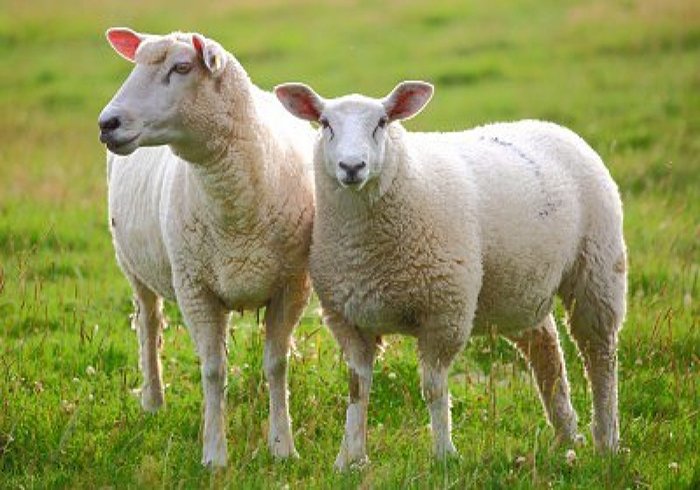

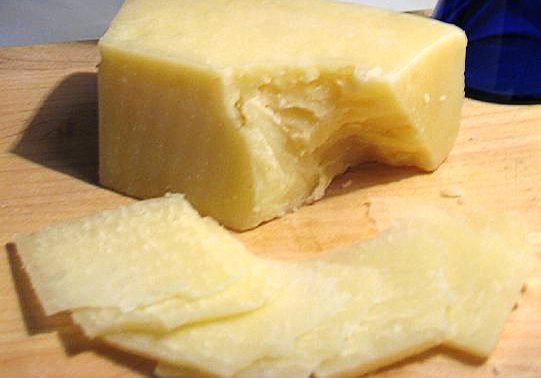
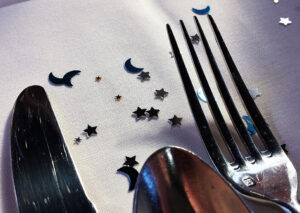






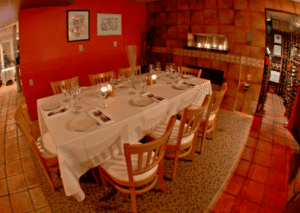
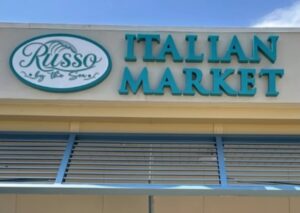



















Love this article!